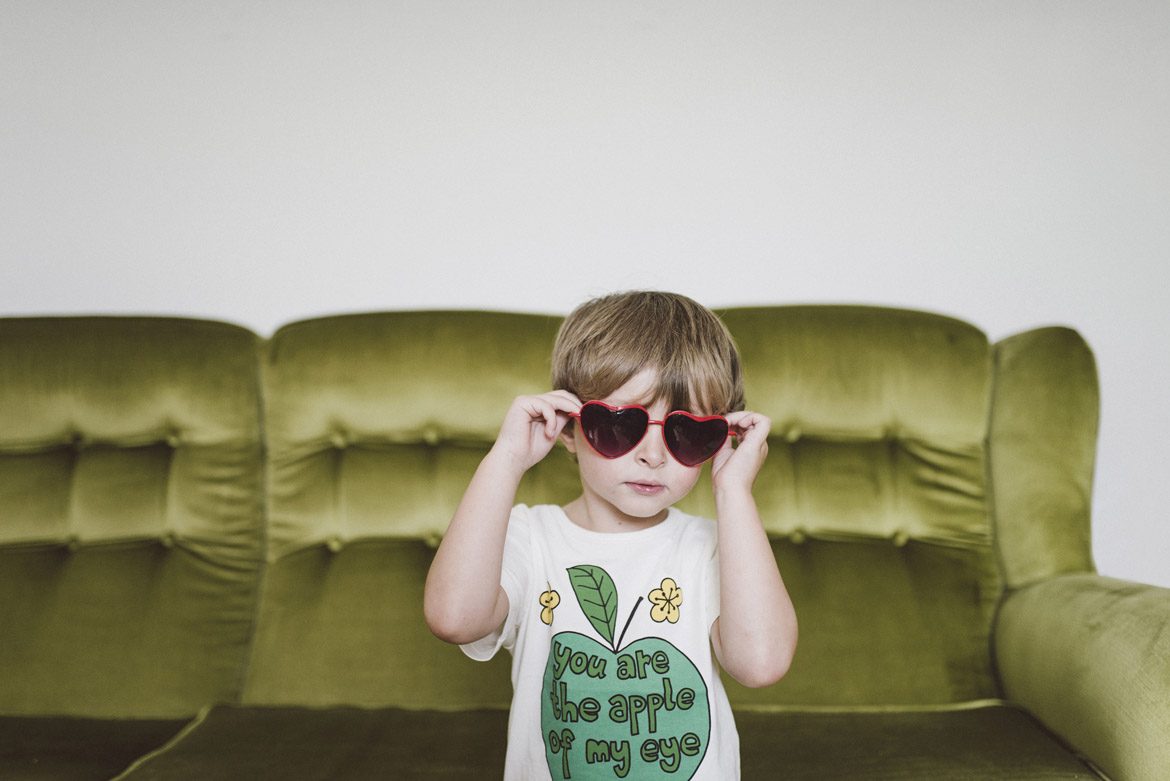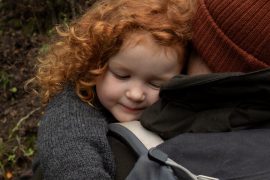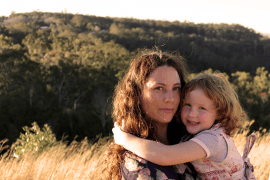By Lisa Cheaney-Hogan
There has been a wealth of recent research indicating the pros and cons of consequences.
“Studies in neuroplasticity – the brain’s adaptability – have proved that repeated experiences actually change the physical structure of the brain. Since discipline-related interactions between children and caregivers comprise a large amount of childhood experiences, it becomes vital that parents thoughtfully consider how they respond when kids misbehave. Discipline is about teaching – not about punishment – and finding ways to teach children appropriate behavior is essential for healthy development.” (www.time.com, Daniel J. Siegel,Tina Payne Bryson Sep 23, 2014)
With the ideas of how discipline is and can be a form of teaching, we need to come up with smarter solution of how we do this in the home.
Let’s just take a minute to hash out the fact that our children are their own person – let’s respect that. They are not you, they are learning and are also not adults yet.
In addition to the various and rapid changes your children are experiencing, they are also testing the limits and pushing boundaries…sometimes daily.
As we do our best to redirect, refocus, restructure and change up the scenery, there are some times when a ‘cool-down’ opportunity is the better of the solutions.
Young children, especially 3-6, are learning how to refine that self-regulation piece of development. This refinement is strengthened through…well…practice. Children are allowed to be and feel upset, angry, jealous, fearful, anxious and selfish. Although these are not always the most desired behaviours, they are often a cry for help. They need the adult to step in and support and guide them because they really have no idea, once they get to this point.
Having children, ‘go to their room’ can be a quite positive thing. It can be a place of reflection, quiet, peace, privacy. It can be a space to read, write, draw, build something. It can be a place to essentially cool down and work through their emotions. Asking children to ‘use their words’ is a great reminder, but when they are on the floor screaming or have just thrown something, do you think saying this is really supporting them? As the adult, do you really think they even know what words they want to use? Probably not, or they wouldn’t be on the floor right now.
So instead, let’s empathize and guide them to a place when they can re-group, step away from the situation and learn that self-regulation piece and AFTERWARDS debrief and use those words with a sound and calm body and mind.
In addition to this calming time, discussion or debrief, a mindfulness exercise (if time allows) is a great welcoming component – whether you are welcoming the child back into an activity, the physical space, a group of children, etc. Starting with some breathing and/or a quiet lead-in activity such as a few stretches, a short walk, a book on behaviour, a soothing song, a comfort stuffy, etc, can all further support the child through this transition.











